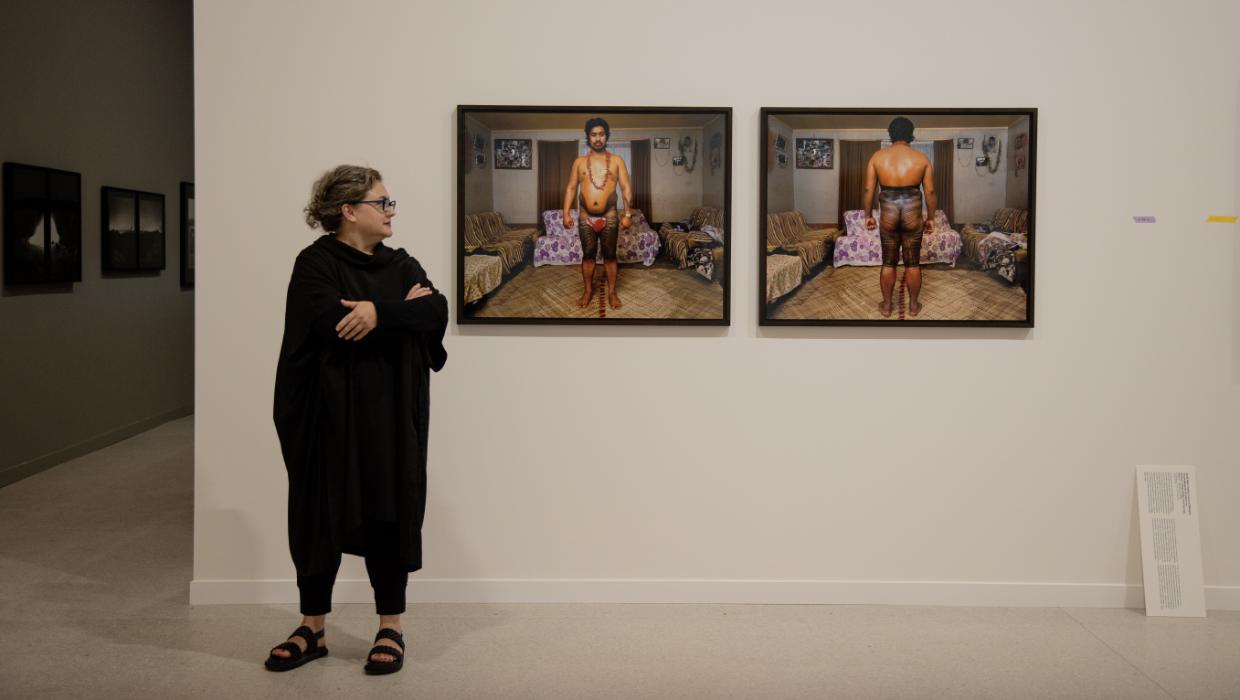Top Stories
Outcry Grows Over Removal of Art History from School Curriculum

The decision by the Government to eliminate art history as a standalone subject in secondary schools has sparked significant outrage among educators, students, and art advocates. Critics argue that this move undermines the importance of cultural literacy and artistic appreciation in the educational system.
The announcement, made in early March 2024, indicated that art history would be integrated into broader subjects rather than taught as a distinct discipline. This shift has raised concerns about the future of arts education and the potential loss of critical analysis skills associated with studying art history.
Stakeholders in the arts community have voiced their disapproval. Jane Smith, President of the National Art Education Association, stated, “Removing art history from the curriculum is a terrible, tragic idea that deprives students of the opportunity to understand the cultural contexts of art.” Many educators share this sentiment, emphasizing the role of art history in fostering creativity and critical thinking.
The Government claims that the restructuring is aimed at streamlining the curriculum and enhancing interdisciplinary learning. John Doe, the Education Minister, defended the decision, stating that it would help students become well-rounded individuals by exposing them to a wider range of subjects. However, critics argue that this rationale fails to recognize the unique value of art history as a field of study.
Public response has been swift and vocal. A petition launched by concerned educators has garnered over 10,000 signatures within days, advocating for the reinstatement of art history as a core subject. Demonstrations are also being planned in major cities across Australia to protest the decision.
In addition to public outcry, several art institutions have pledged their support for the campaign to restore art history. Notably, The National Gallery of Australia has expressed its commitment to developing supplementary educational programs to fill the gap left by the curriculum change. “Art history is essential for understanding our cultural heritage,” a gallery spokesperson remarked.
As this debate unfolds, the implications of the Government’s decision are becoming increasingly apparent. Educators fear that without dedicated art history courses, students may lack the necessary appreciation for the arts, which could impact cultural engagement in the future.
The backlash highlights a broader discussion about the value of arts education in an increasingly STEM-focused world. Proponents of the arts argue that creativity and critical thinking are just as vital for success in modern society as technical skills.
While the Government’s decision aims to modernize education, the response from the arts community suggests that a careful reconsideration is necessary. The future of art history in the school curriculum remains uncertain, but the voices urging its importance are growing louder. As the situation develops, it is clear that the arts education community will continue to advocate for the reinstatement of art history as a vital component of the secondary school curriculum.
-

 Sports2 months ago
Sports2 months agoNetball New Zealand Stands Down Dame Noeline Taurua for Series
-

 Entertainment2 months ago
Entertainment2 months agoTributes Pour In for Lachlan Rofe, Reality Star, Dead at 47
-

 Entertainment4 weeks ago
Entertainment4 weeks agoNew ‘Maverick’ Chaser Joins Beat the Chasers Season Finale
-

 Sports1 week ago
Sports1 week agoEli Katoa Rushed to Hospital After Sideline Incident During Match
-

 Sports2 months ago
Sports2 months agoSilver Ferns Legend Laura Langman Criticizes Team’s Attitude
-

 Politics1 month ago
Politics1 month agoNetball NZ Calls for Respect Amid Dame Taurua’s Standoff
-

 Entertainment2 months ago
Entertainment2 months agoKhloe Kardashian Embraces Innovative Stem Cell Therapy in Mexico
-

 Sports5 days ago
Sports5 days agoJamie Melham Triumphs Over Husband Ben in Melbourne Cup Victory
-

 World3 months ago
World3 months agoPolice Arrest Multiple Individuals During Funeral for Zain Taikato-Fox
-

 Sports3 months ago
Sports3 months agoGaël Monfils Set to Defend ASB Classic Title in January 2026
-

 Entertainment1 month ago
Entertainment1 month agoTyson Fury’s Daughter Venezuela Gets Engaged at Birthday Bash
-

 Sports1 month ago
Sports1 month agoHeather McMahan Steps Down as Ryder Cup Host After Controversy





















